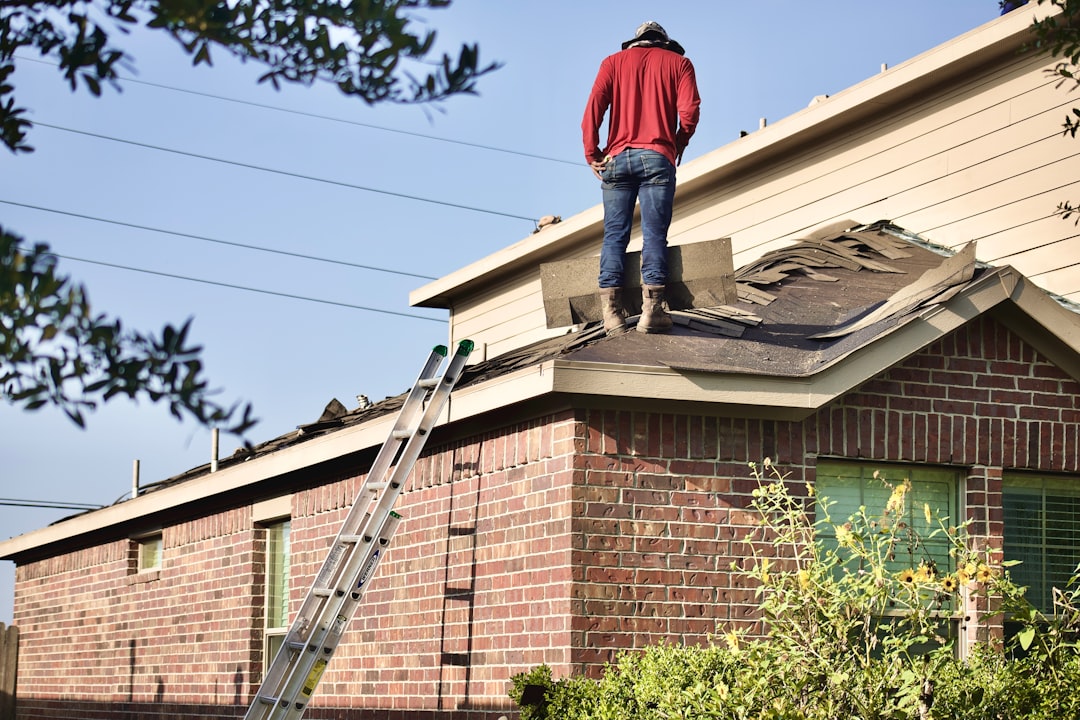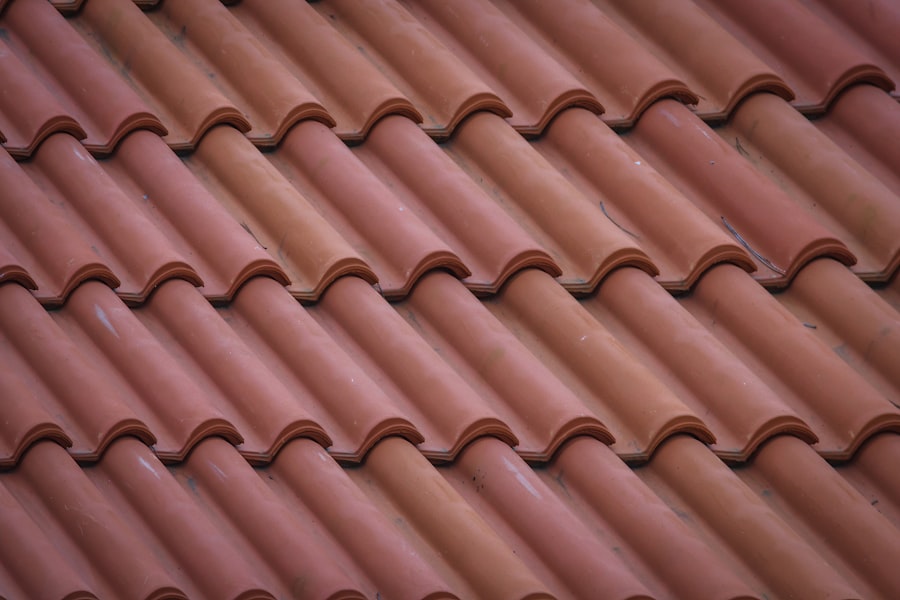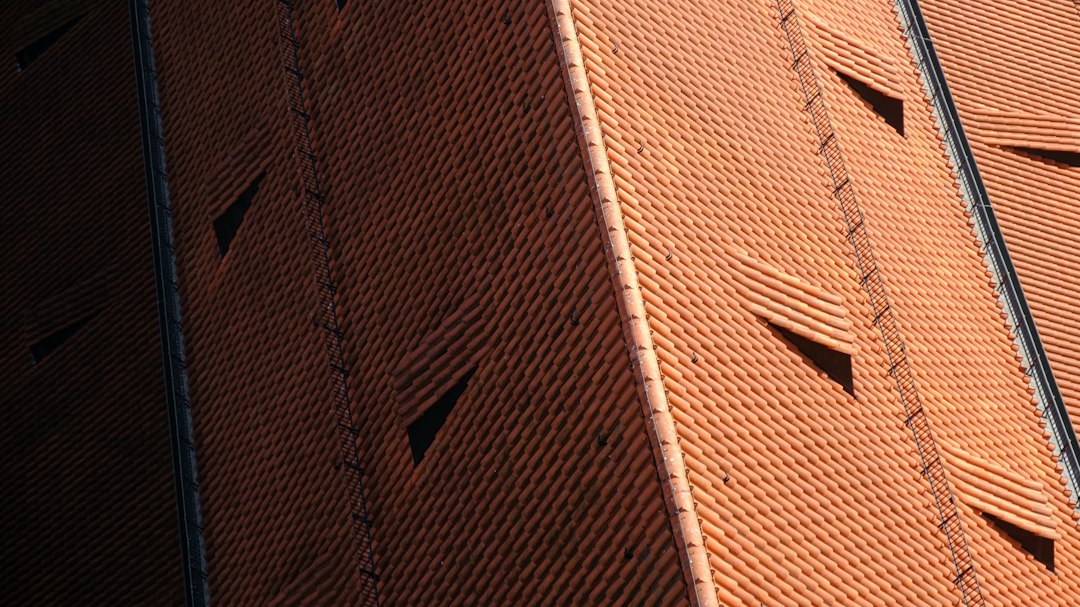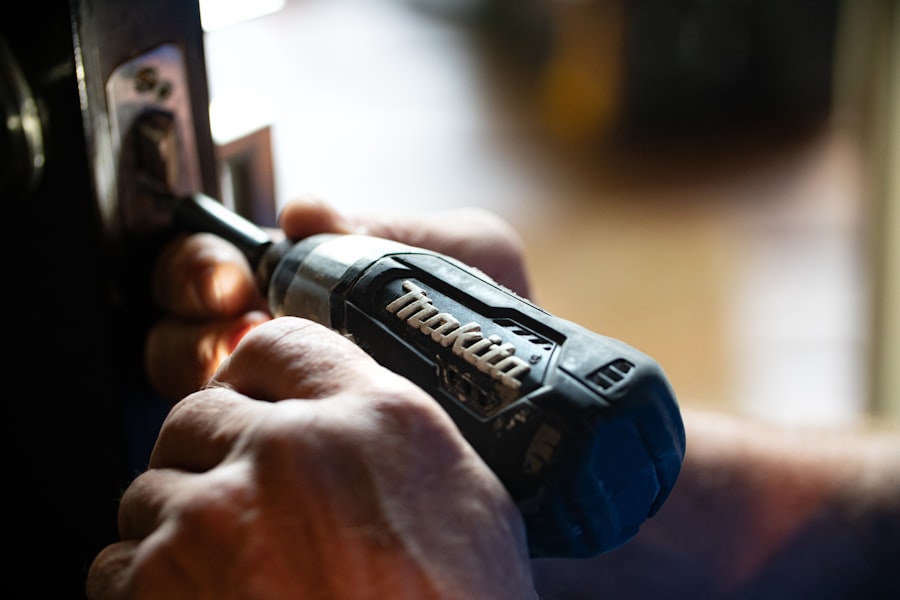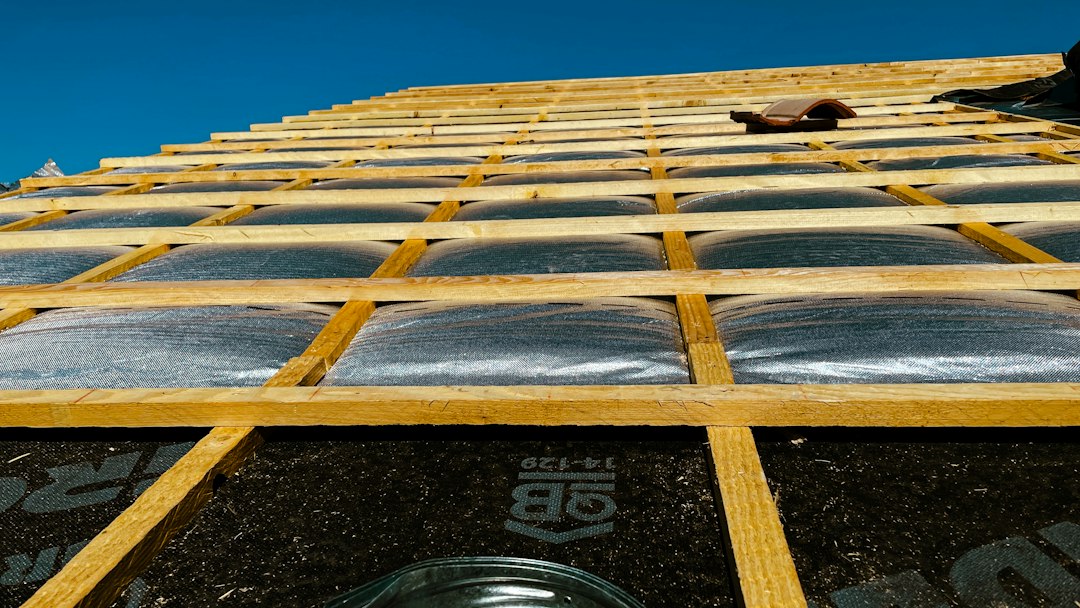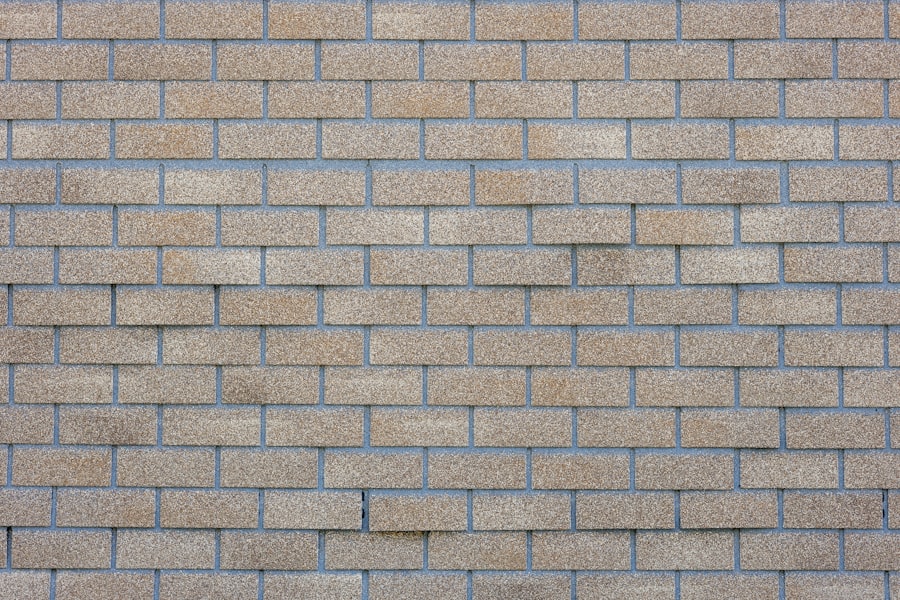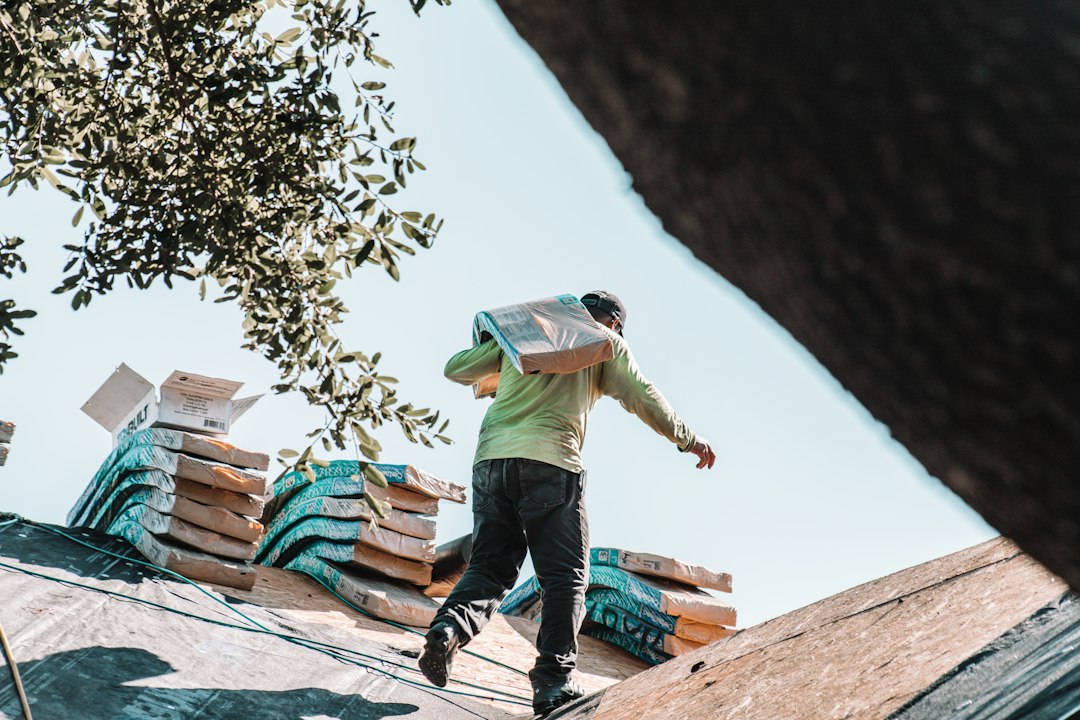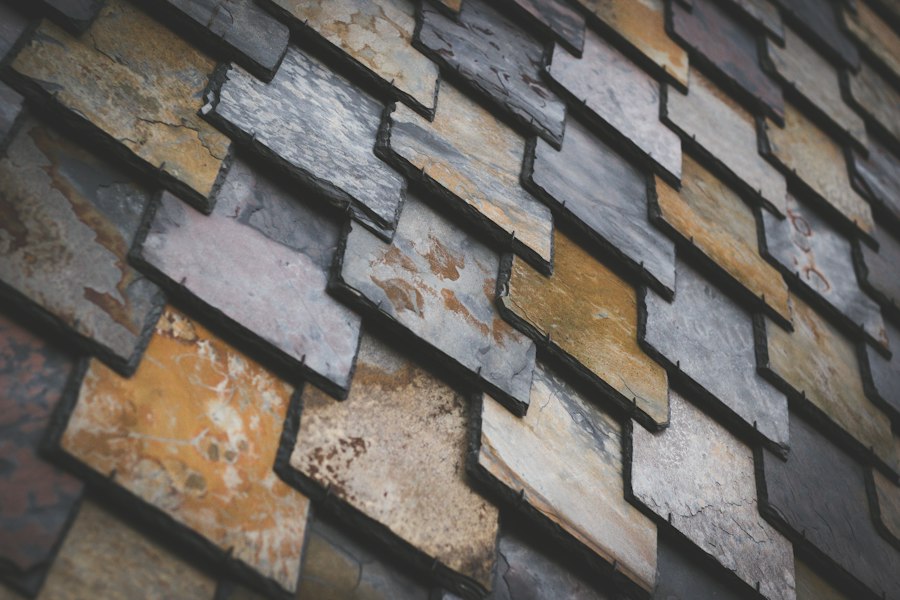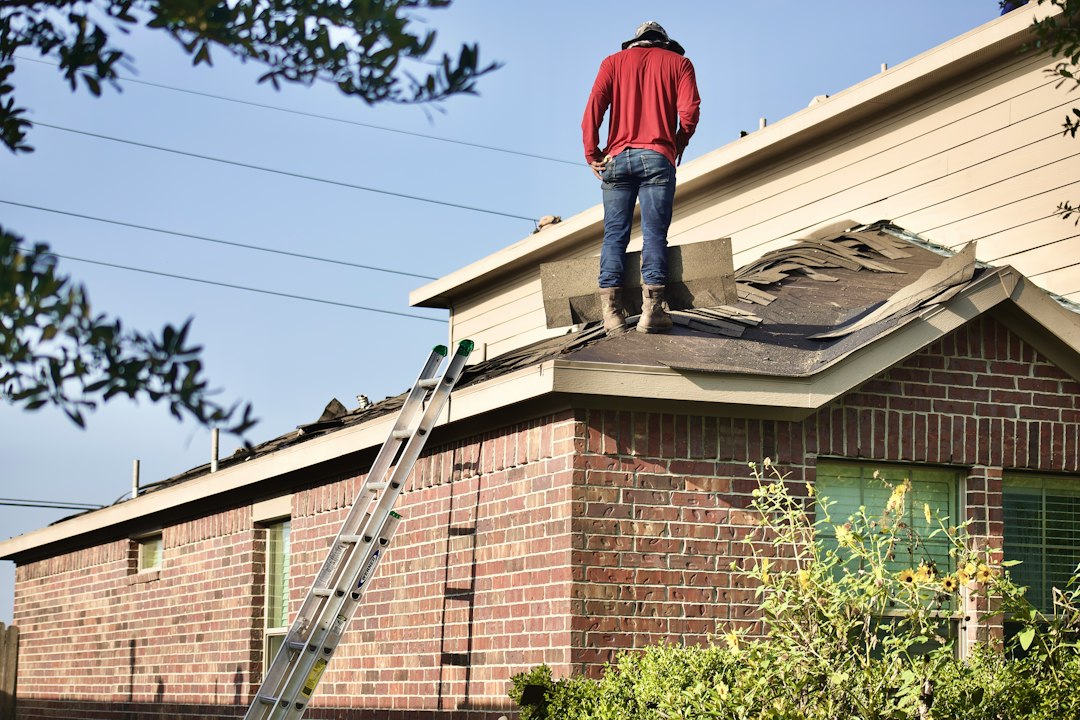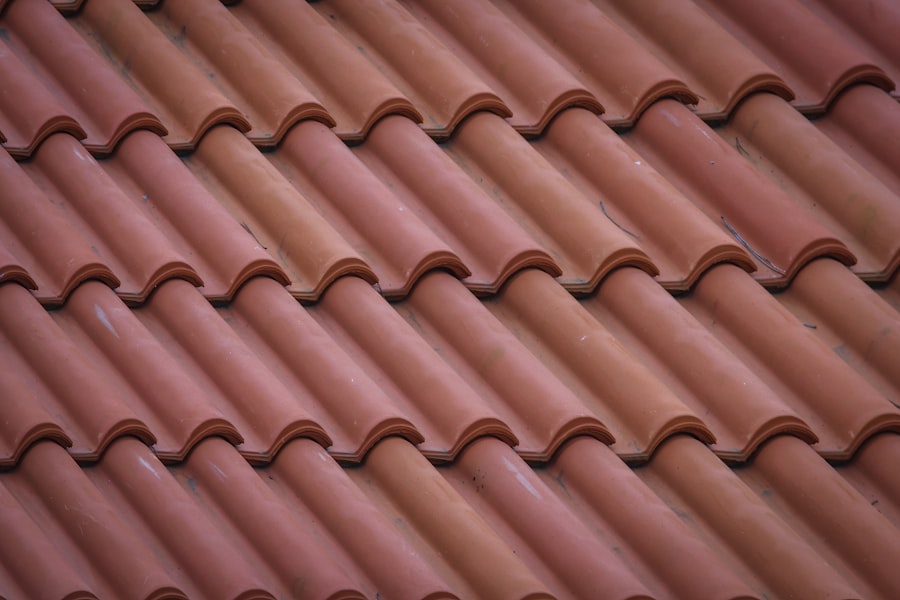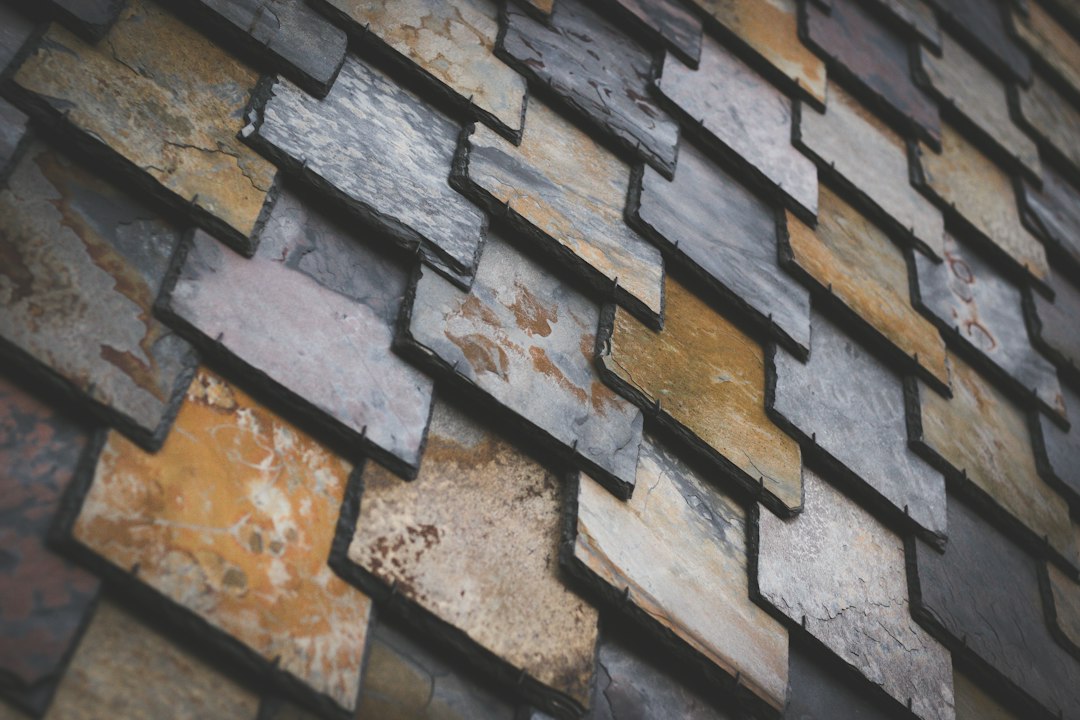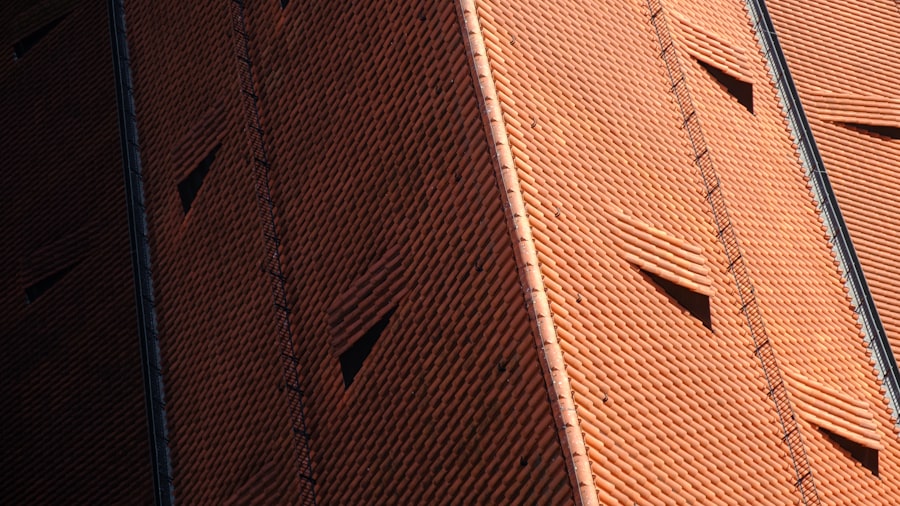Understanding the effects of weather on your roof is crucial for maintaining the integrity and longevity of your home. Your roof is the first line of defense against the elements, and it is constantly exposed to various weather conditions such as rain, snow, wind, and extreme temperatures. Over time, these weather conditions can cause damage to your roof, leading to leaks, structural issues, and other problems. By understanding how different weather conditions can impact your roof and taking proactive measures to protect it, you can ensure that your roof remains in good condition for years to come.
Key Takeaways
- Weather can have a significant impact on the health of your roof, causing damage and wear over time.
- Common weather-related roof problems include leaks, cracks, and missing shingles, which can lead to more serious issues if left unaddressed.
- Regular roof maintenance is crucial for preventing weather-related damage and prolonging the lifespan of your roof.
- Weather-proofing your roof involves sealing gaps, reinforcing weak spots, and ensuring proper ventilation to prevent moisture buildup.
- Extreme temperatures can also damage your roof, so it’s important to take steps to protect it during heatwaves and cold snaps.
Understanding the Effects of Weather on Your Roof
Different weather conditions can have different effects on your roof. For example, heavy rain can cause water to seep into cracks and crevices in your roof, leading to leaks and water damage. Snow and ice can accumulate on your roof, adding weight and putting stress on the structure. This can lead to sagging or even collapse if not properly addressed. Wind can lift shingles or tiles, causing them to become loose or dislodged. Extreme temperatures can cause materials to expand and contract, leading to cracks and deterioration over time.
The age and condition of your roof also play a significant role in its ability to withstand weather conditions. An older roof that is already showing signs of wear and tear may be more susceptible to damage from weather compared to a newer roof in good condition. Regular maintenance and inspections are essential for identifying any weak spots or areas that may need repair before they become major issues.
Common Weather-Related Roof Problems
There are several common problems that can arise due to weather conditions. One of the most common issues is leaks. Heavy rain or melting snow can find its way into small cracks or gaps in your roof, leading to water damage inside your home. Over time, these leaks can worsen if not addressed, causing further damage to the structure of your roof and potentially leading to mold growth.
Another common problem is damage to shingles or tiles. High winds can lift or tear off shingles, leaving your roof vulnerable to leaks and further damage. Hail can also cause dents or cracks in shingles, compromising their ability to protect your home. Additionally, extreme temperatures can cause shingles to become brittle and crack over time.
The Importance of Regular Roof Maintenance
Regular maintenance is crucial for preventing weather-related damage to your roof. By conducting regular inspections and addressing any issues promptly, you can prevent small problems from turning into major repairs. Regular maintenance should include cleaning out gutters and downspouts to ensure proper drainage, checking for loose or damaged shingles, and inspecting the overall condition of your roof.
In addition to regular inspections, it is important to have your roof professionally inspected and maintained at least once a year. A professional roofing contractor can identify any potential issues that may not be visible to the untrained eye and provide recommendations for repairs or maintenance.
Weather-Proofing Your Roof: Tips and Tricks
There are several measures you can take to make your roof more resistant to weather conditions. One effective method is to install a protective coating on your roof. This coating acts as a barrier against water, UV rays, and other elements, helping to extend the lifespan of your roof and prevent damage.
Another tip is to ensure proper ventilation in your attic. Proper ventilation helps regulate temperature and moisture levels in your attic, preventing the buildup of heat and moisture that can lead to damage to your roof.
Regularly cleaning out gutters and downspouts is also important for weather-proofing your roof. Clogged gutters can lead to water backup, which can cause damage to your roof and foundation. By keeping gutters clear of debris, you can ensure that water flows freely away from your roof.
Protecting Your Roof from Extreme Temperatures
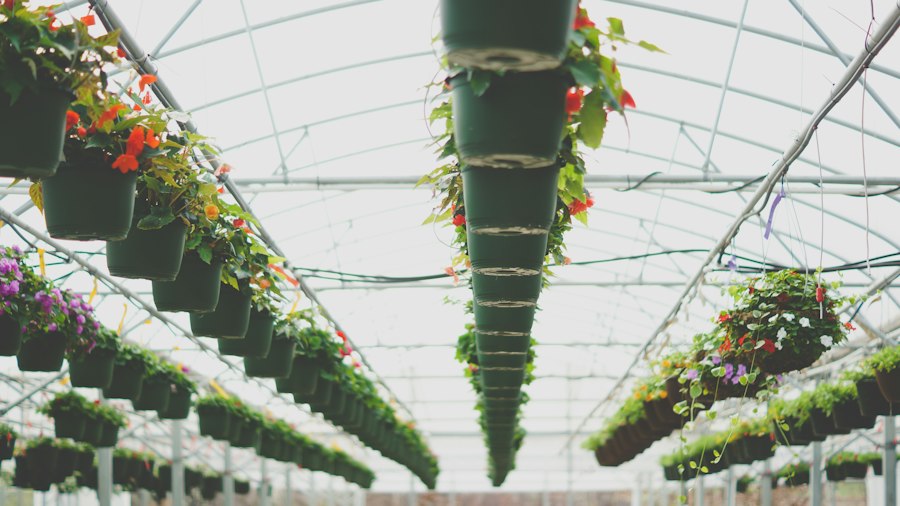
Extreme temperatures can have a significant impact on your roof. In hot weather, the sun’s rays can cause materials to expand, leading to cracks and deterioration over time. To protect your roof from extreme heat, consider installing a reflective coating or using light-colored materials that reflect sunlight.
In cold weather, snow and ice can accumulate on your roof, adding weight and putting stress on the structure. To prevent damage from snow and ice, make sure your attic is properly insulated to prevent heat loss, which can cause snow to melt and refreeze on your roof. Additionally, consider installing heating cables or a snow melting system to prevent ice dams from forming.
How to Prepare Your Roof for Heavy Rain and Snow
Heavy rain and snow can cause significant damage to your roof if not properly prepared for. One of the most important steps you can take is to ensure that your roof is in good condition before the rainy or snowy season begins. This includes checking for loose or damaged shingles, repairing any leaks, and cleaning out gutters and downspouts.
To further protect your roof from heavy rain, consider installing a waterproof membrane under your shingles. This membrane acts as an additional layer of protection against water infiltration.
For heavy snowfall, it is important to remove snow from your roof to prevent excessive weight and stress on the structure. Use a roof rake or hire a professional to safely remove snow from your roof.
Preventing Wind Damage to Your Roof
Wind can cause significant damage to your roof if not properly addressed. To prevent wind damage, make sure that your shingles are properly installed and secured. Consider using wind-resistant shingles that are designed to withstand high winds.
Regularly inspect your roof for loose or damaged shingles and replace them as needed. Additionally, trim any overhanging tree branches that could potentially fall onto your roof during a storm.
The Role of Gutters and Downspouts in Roof Maintenance
Gutters and downspouts play a crucial role in protecting your roof from water damage. They help direct water away from your roof and foundation, preventing water backup and potential leaks. Regularly cleaning out gutters and downspouts is essential for maintaining their effectiveness. Remove any debris such as leaves, twigs, or dirt that may be blocking the flow of water.
It is also important to ensure that gutters and downspouts are properly installed and in good condition. Check for any leaks or damage and repair or replace as needed.
Signs of Weather-Related Roof Damage
It is important to be able to recognize the signs of weather-related roof damage so that you can address them promptly. Some common signs include:
– Leaks or water stains on your ceiling or walls
– Missing or damaged shingles
– Cracked or curled shingles
– Sagging or uneven areas on your roof
– Excessive granules in your gutters or downspouts
– Mold or mildew growth on your roof or in your attic
If you notice any of these signs, it is important to take action immediately to prevent further damage.
Hiring a Professional Roofing Contractor for Weather-Related Repairs
When it comes to weather-related repairs, it is important to hire a professional roofing contractor. They have the knowledge, experience, and tools necessary to properly assess the damage and provide effective repairs. Additionally, a professional contractor can help identify any underlying issues that may have contributed to the damage and provide recommendations for prevention.
When hiring a roofing contractor, it is important to do your research and choose a reputable company. Look for contractors who are licensed, insured, and have positive reviews from previous customers. Get multiple quotes and compare them before making a decision.
Understanding the effects of weather on your roof is essential for maintaining its integrity and protecting your home. By taking proactive measures such as regular maintenance, weather-proofing, and addressing any issues promptly, you can prevent weather-related damage and extend the lifespan of your roof. Remember to hire a professional roofing contractor for any repairs or maintenance to ensure that the job is done correctly. By investing in the care and maintenance of your roof, you can ensure that it continues to protect your home for years to come.
If you’re interested in learning more about roofing maintenance and related topics, you might find the article “The Ultimate Guide to Roofing Tips, Costs, and More” helpful. This comprehensive guide covers everything from maintenance tips to the cost of roof replacement. It’s a great resource for homeowners looking to keep their roofs in top shape. Check it out here.
FAQs
What is the impact of weather on my roof?
Weather can have a significant impact on your roof, causing damage and wear over time. Extreme weather conditions such as heavy rain, snow, hail, and high winds can cause leaks, cracks, and other forms of damage to your roof.
What are some maintenance tips for my roof?
Regular maintenance is essential to keep your roof in good condition. Some tips include inspecting your roof regularly, cleaning gutters and downspouts, trimming overhanging branches, repairing any damage promptly, and ensuring proper ventilation.
How often should I inspect my roof?
It is recommended to inspect your roof at least twice a year, preferably in the spring and fall. Additionally, you should inspect your roof after any severe weather events, such as heavy rain or windstorms.
What are some signs of roof damage?
Some signs of roof damage include missing or cracked shingles, leaks or water stains on your ceiling, sagging or uneven areas on your roof, and debris or granules in your gutters.
Can I repair my roof myself?
It is not recommended to repair your roof yourself unless you have experience and knowledge in roofing. It is best to hire a professional roofing contractor to ensure that the repairs are done correctly and safely.
How can I prevent roof damage?
Preventing roof damage involves regular maintenance and taking precautions such as trimming overhanging branches, cleaning gutters, and ensuring proper ventilation. Additionally, you can consider installing impact-resistant roofing materials and reinforcing your roof to withstand high winds.




